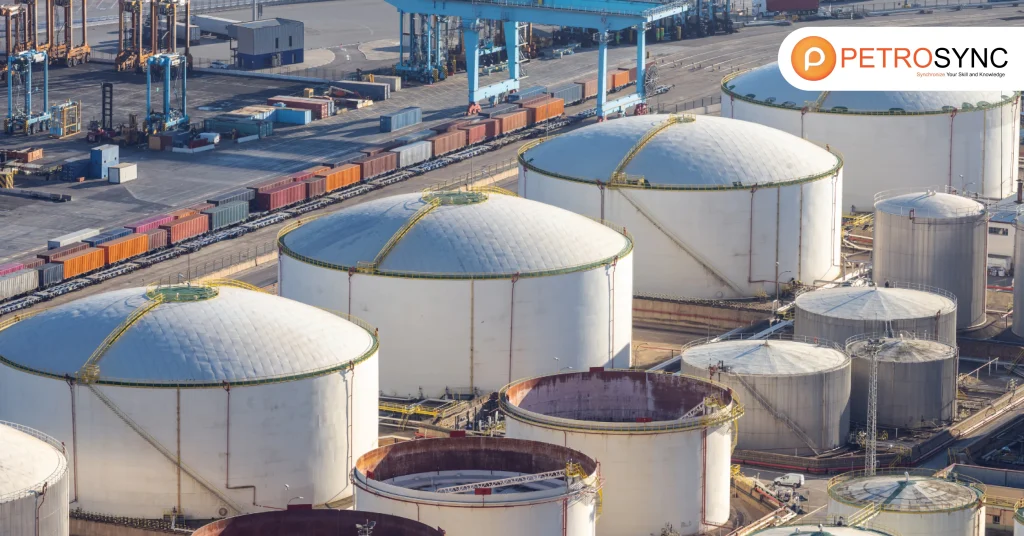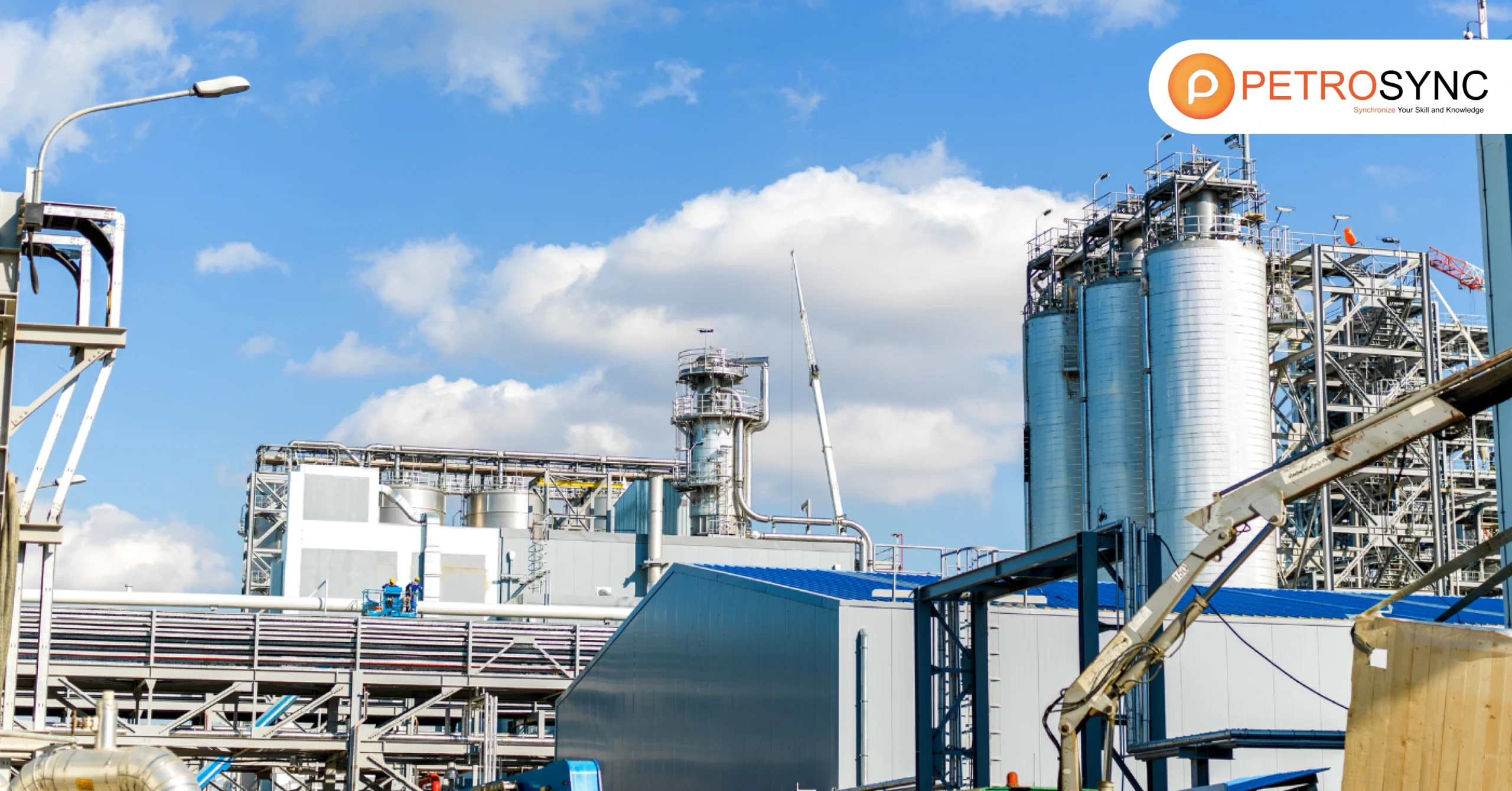API 653 is effectivity sheet 2024 is a very important document for industrial equipment and storage tanks. It gives instructions and rules on inspecting, fixing, changing, and rebuilding storage tanks that are above the ground. In this detailed guide, we will explore the different parts of the API 653 Effectivity Sheet 2024, including every standard mentioned in it.
What Is API 653 Exam?

The API 653 exam, developed by the American Petroleum Institute (API), is a standardized test that plays a crucial role in certifying individuals to inspect, repair, alter, and reconstruct aboveground storage tanks. It evaluates your knowledge and proficiency in this field.
Typically, this examination consists of multiple-choice questions covering various aspects of aboveground storage tanks, including safety protocols, regulations, inspection methods, and repair techniques. To successfully pass the API 653 exam, you must achieve a minimum score of 70%.
Obtaining a passing grade in the API 653 exam is a significant accomplishment. It signifies a solid grasp of the subject matter, which is essential for ensuring the safety and reliability of aboveground storage tanks. This certification is widely respected within the industry and can open doors to enhanced career prospects and a deeper understanding of this field.
What Is API 653 Exam Effectivity Sheet?
The API 653 Exam Effectivity Sheet is a useful tool that details the specific versions and addenda of standards and regulations that are currently applicable to the API 653 certification exam. This paper contains the necessary reference materials, standards, and codes for candidates to adequately prepare for the test.
Simply said, the effectivity sheet is a detailed guide that will help you understand which laws, regulations, and documents are required for the exam. This page guarantees that applicants are studying the most recent and relevant topics in aboveground storage tank inspection and repair by giving concise information, putting them on the right road for success.
What Are The Publications Mentioned in API 653 Exam Effectivity Sheet?
1. API Recommended Practice 571
| The 3rd Edition, March 2020 | Damage Mechanisms Affecting Fixed Equipment in the Refining Industry | |
This standard covers damage mechanisms affecting equipment in the refining and petrochemical industries. It provides guidelines for understanding and managing these mechanisms, helping ensure the safe operation and integrity of equipment. Only the following sections/mechanisms from RP 571 are included in the exam:
| Section 2 Terms and Definitions | ||
| 3.8 | Atmospheric Corrosion | |
| 3.11 | Brittle Fracture | |
| 3.14 | Caustic Corrosion | |
| 3.15 | Caustic Stress Corrosion Cracking (Caustic Embrittlement) | |
| 3.17 | Chloride Stress Corrosion Cracking | |
| 3.22 | Corrosion Under insulation (CUI) | |
| 3.43 | Mechanical Fatigue (Including Vibration-induced Fatigue) | |
| 3.45 | Microbiologically Influenced Corrosion (MIC) | |
| 3.57 | Soil Corrosion | |
| 3.58 | Sour Water Corrosion (Acidic) | |
| 3.62 | Sulfuric Acid Corrosion | |
2. API Recommended Practice 575
| 4th Edition, July 2020 | Inspection Practices for Atmospheric and Low-Pressure Storage Tanks | |
API RP 575 focuses on guidelines for inspecting atmospheric and low-pressure storage tanks. It offers recommendations on tank inspection, assessment, and maintenance practices to ensure the tanks’ continued safe operation.
3. API Recommended Practice 576
| 4th Edition, April 2017 | Inspection of Pressure-relieving Devices (Sections 4.3.2 and 6.6 only). | |
API RP 576 deals with the inspection of pressure-relieving devices. It provides guidance on the inspection, repair, and testing of pressure relief valves, helping to maintain their proper functioning in pressure vessels.
4. API Recommended Practice 577
| 3rd Edition, October 2020 | Welding Processes, Inspection, and Metallurgy | |
This standard is centered around welding processes in the petrochemical industry. It offers guidelines for welding inspection, procedures, and quality control, ensuring the integrity of welded components.
5. API Standard 650
| 13th Edition, March 2020 | Welded Tanks for Oil Storage, with Errata 1 (January 2021) | |
API 650 is a widely used standard for the design and construction of large, aboveground storage tanks. It provides specific requirements for the materials, design, and construction of these tanks.
6. API Recommended Practice 651
| 4th Edition, September 2014 | Cathodic Protection of Aboveground Petroleum Storage Tanks | |
API RP 651 focuses on cathodic protection of aboveground petroleum storage tanks. It outlines guidelines for preventing corrosion, which is vital to ensuring the long-term structural integrity of tanks.
7. API Recommended Practice 652
| 5th Edition, May 2020 | Lining of Aboveground Petroleum Storage Tank Bottoms | |
API RP 652 deals with the lining of aboveground petroleum storage tank bottoms. It provides recommendations for preventing corrosion of tank bottoms, which can extend the life of the tank.
8. API Standard 653
| 5th Edition, November 2014 | Tank Inspection, Repair, Alteration, and Reconstruction. Addendum 1 (April 2018), Addendum 2 (May 2020), Errata 1 (March 2020) | |
API 653 is the primary standard for the inspection, repair, alteration, and reconstruction of aboveground storage tanks. It outlines the requirements and procedures for ensuring the integrity and safety of these tanks.
9. ASME Boiler and Pressure Vessel Code, 2021 Edition
While not an API standard, this code is significant in the inspection and certification of pressure vessels. It sets the rules and guidelines for the design, construction, and inspection of various pressure vessel components to ensure their safe operation. The included sections of ASME BPVC are mentioned below:
- ASME Section V, Nondestructive Examination: Articles 1, 2, 6, 7, and 23 (section SE-797 only).
- Section IX, Qualification Standard for Welding, Brazing, and Fusing Procedures; Welders; Brazers; and Welding, Brazing, and Fusing Operators, (Welding Only)
The API 653 Effectivity Sheet is a crucial document that provides specific guidelines for the inspection, repair, alteration, and reconstruction of aboveground storage tanks. By studying this document with laser focus, you can gain a deep understanding of the standards and requirements for maintaining these tanks.
Maximize Compliance and Efficiency with PetroSync’s API 653 Effectivity Sheet
This focused study will help you narrow down the materials and information you need, ensuring that you are well-prepared to carry out inspections and maintenance in compliance with industry standards. It serves as a valuable resource for professionals in the field, allowing them to work efficiently and effectively while upholding safety and regulatory compliance.
Additionally, enrolling in an API 653 training course,the one offered by PetroSync, can further enhance your understanding of the API 653 Effectivity Sheet. Our specialized courses provide an opportunity to consult with the experienced instructor who can clarify any uncertainties and offer in-depth explanations of the API 653 standards.
Moreover, participating in our training programs will allow you to connect with fellow professionals and peers from relevant backgrounds. This networking opportunity enables you to exchange valuable insights, share experiences, and build connections within the industry. The knowledge and relationships you gain through these training programs will undoubtedly empower you to excel in your work related to aboveground storage tanks with API 653 training.

Results-oriented and thorough SEO specialist with extensive experience in conducting keyword research, developing and implementing digital website promotion strategies and plans, managing campaigns to develop company websites in the digital world, excellent knowledge of marketing techniques and principles, and attentive strong attention to detail.







